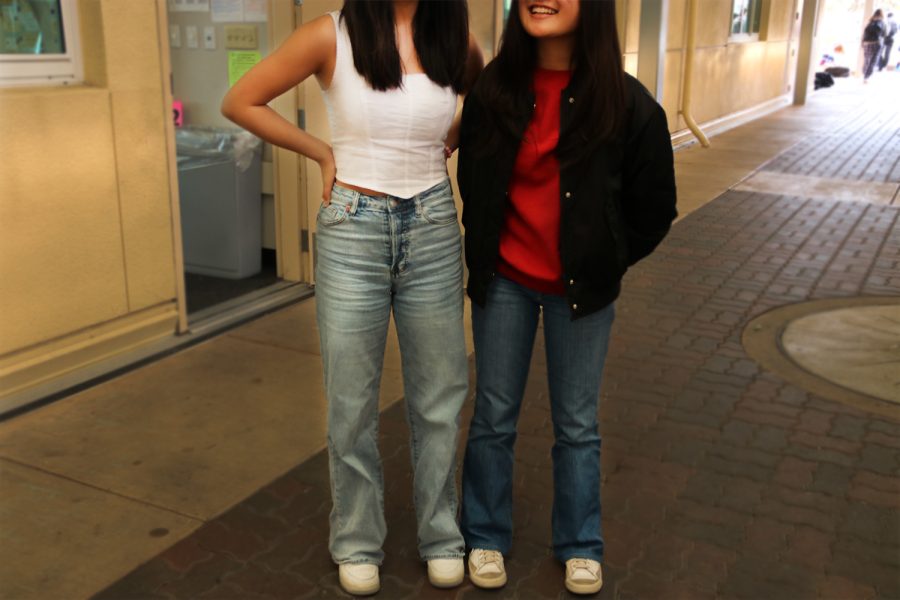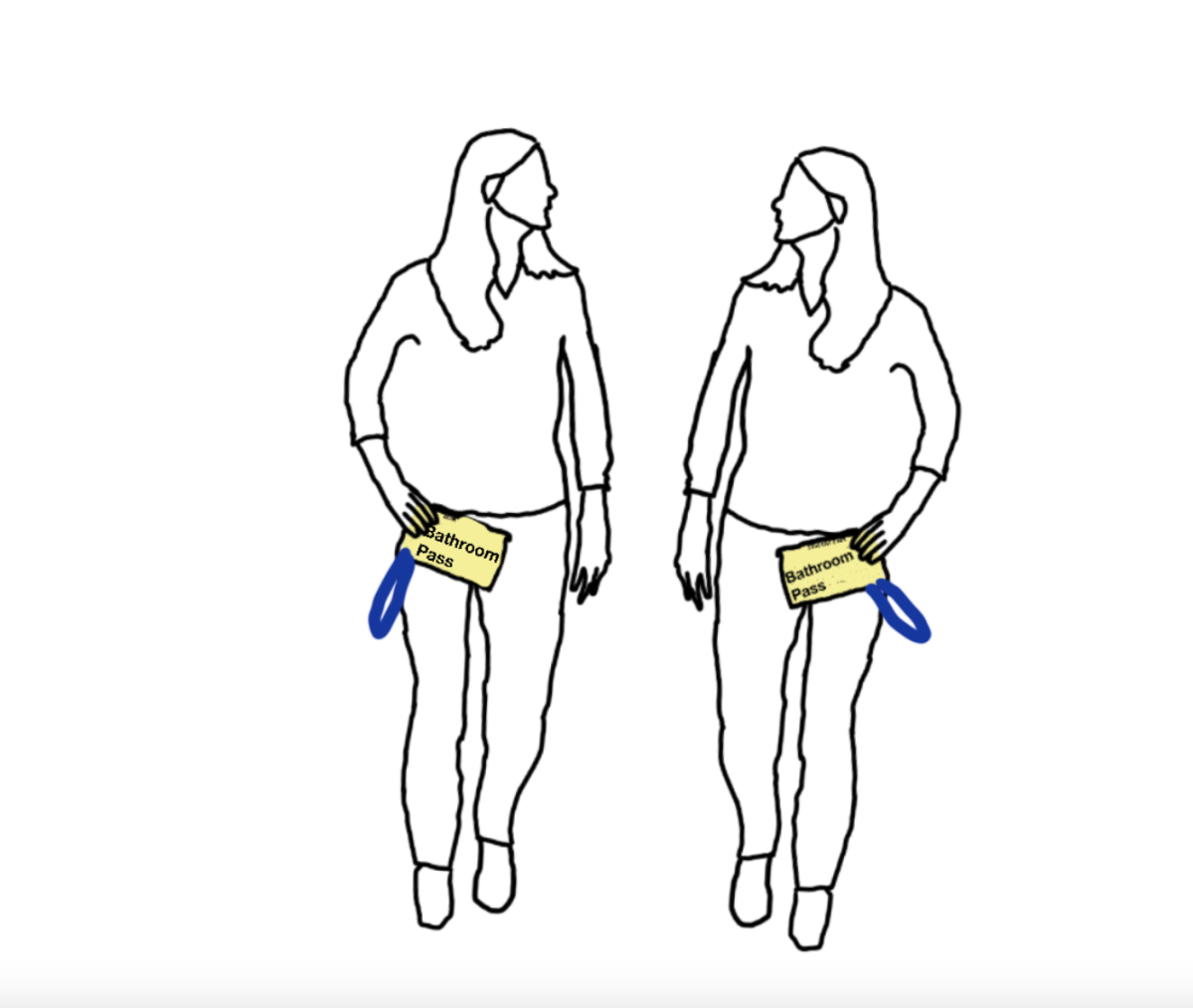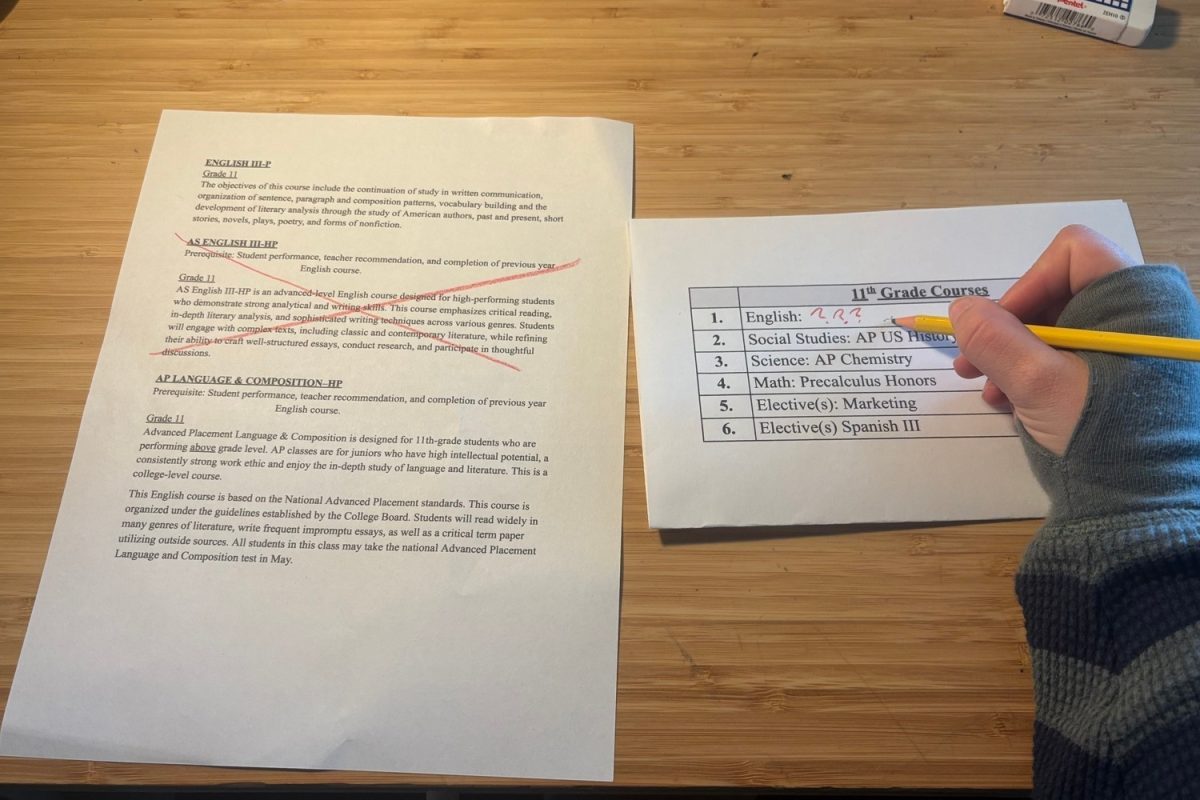Students from around the world have critiqued and dissected school dress codes in recent years, and Carlmont is not an outlier. Through opinion pieces and podcast episodes, Carlmont journalism has played a role in these discussions about the dress code.
The motivations for implementing the dress code are varied. According to Gregg Patner, an administrative vice principal at Carlmont, the dress code serves to ensure that students’ clothes are appropriate for school.
“The dress code policies have been created to address a variety of topics that impact school culture: safety, professionalism, equity, and social appropriateness,” Patner said.
The “social appropriateness” of clothing has been a major point of controversy among students, prompting change.
“The Governance Council established a policy that is more understanding of how to address the ‘appropriateness’ of clothing in this particular statement,” Patner said. “The dress code is designed to allow for student comfort and personal expression while maintaining an environment conducive to learning and appropriate for the educational setting.”
Whether or not this specific policy change can be attributed to Scot Scoop’s calls to action, Carlmont journalism’s coverage has prompted discussions among students and administrators alike.
“Scot Scoop has done a fine job in getting student voices and opinions out there to the student body and has impacted student belief on this in a variety of ways,” Patner said.
But even the Governance Council’s reformed policy is not perfect for all students, and dress code violations remain at the discretion of administrators and staff.
Sophomore Kaitlyn Figueredo identified a significant issue that has been contested in discussions and articles in the past.
“Dress codes can be morally unfair at times, especially when they get too specific. Having rules that mostly target girls because our clothing choice ‘distracts’ others, usually implying boys, is honestly offensive and truly unjust,” Figueredo said. “The rules that I believe are fair are those that only refer to safety and appropriateness.”
Similarly, sophomore Audrey Lam took issue with the double standard that is reportedly perpetuated by the Carlmont dress code.
“One issue I find with dress codes is the bias against girls and those who wear feminine clothing. At many schools, there are many rules girls must follow, such as no crop tops, no shorts shorter than 4 inches, no thin tank top straps, and no showing cleavage,” Lam said.
However, according to Lam, the dress code at Carlmont has become relatively unproblematic.
“I think Carlmont’s dress code is very relaxed, and people can wear basically whatever they want,” Lam said. “The dress code hasn’t affected me much, although it has given me the freedom to express myself through my clothing without many limitations.”
Lam elaborated that dress codes can have a meaningful purpose because “regulations should be put in place to ensure that everyone feels respected, safe, and ready to learn throughout the school day.”
Figueredo’s perspective is consistent with Lam’s and that of many other Carlmont students.
“Dress codes are important because they create a limit, but they should not go overboard,” Figueredo said.
Despite the controversy of recent years, many high school administrations continue to resist dress code changes. But it is a different story at Carlmont, where these discussions and student backlash prompted reform.
According to Patner, student complaints influenced the Governance Council to review and change the rules.
“I believe that students formulate their opinions about different topics through what they read, who they speak with, or what their experiences have been,” Patner said. “The beautiful aspect of Carlmont High School is that the student’s voice is not only prevalent but respected.”












